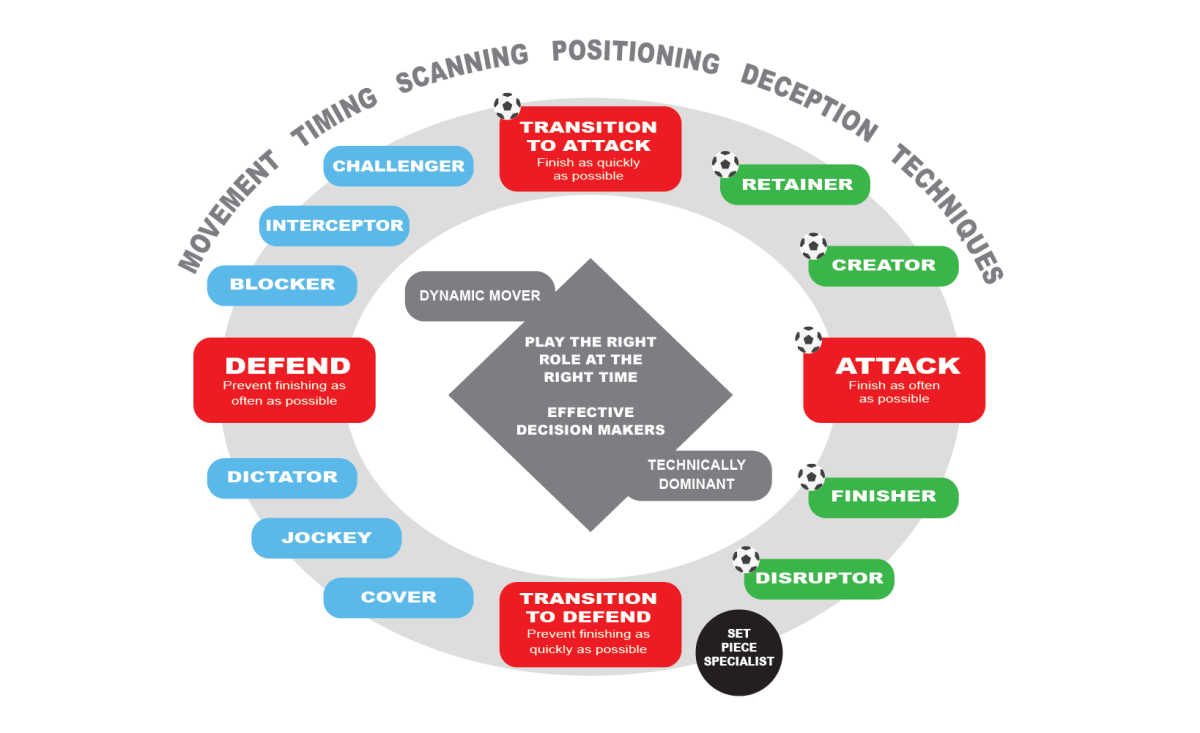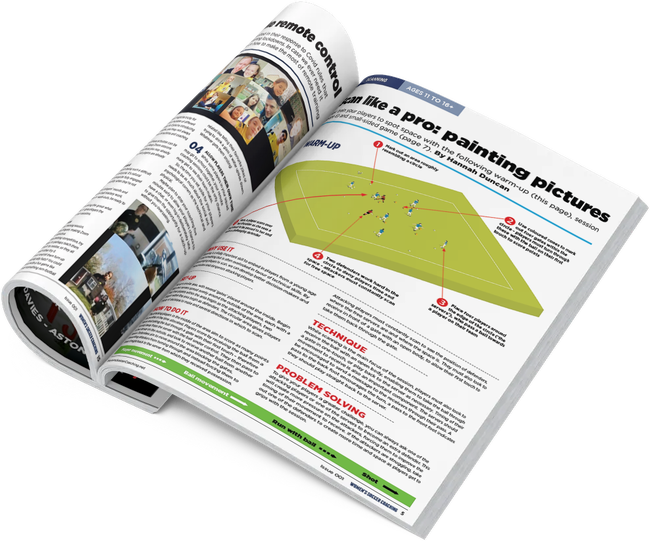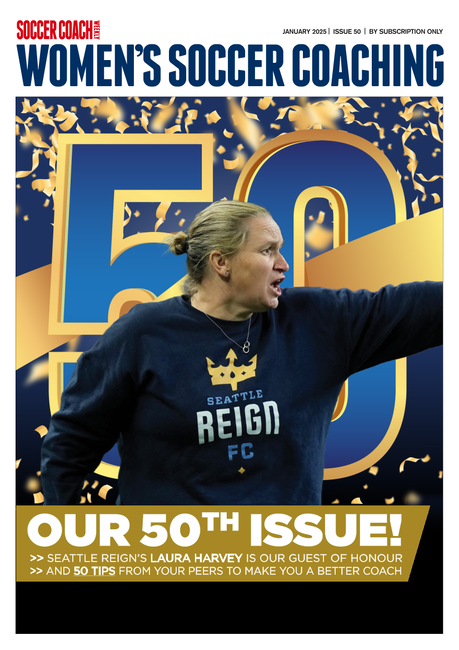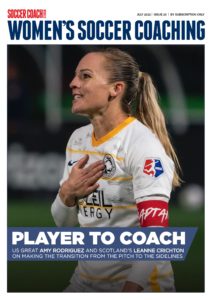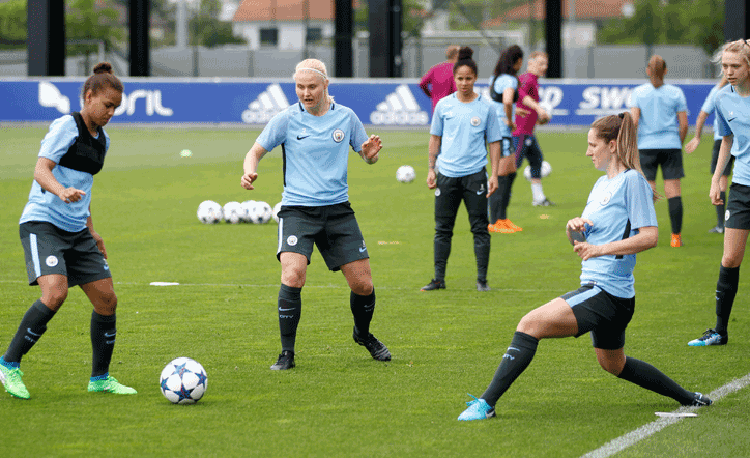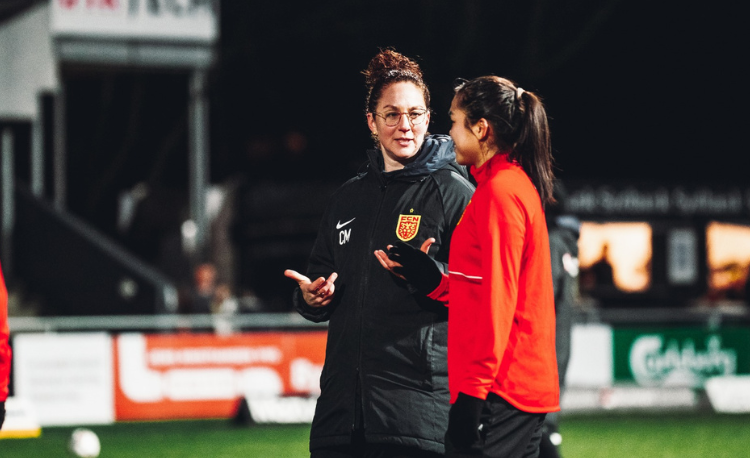You are viewing
1 of your 3 free articles
Understanding soccer roles
From the finisher and the disrupter, to the challenger and the dictator, Jodie Whitford-Stark explores the different jobs players have on and off the ball.
Soccer is a simple game – the aim is to score more goals than your opponent.
But, with 22 players on the pitch , players have lots of decisions to make, both with and without the ball. The aim of player roles is to support players with their tactical understanding of the game, so that they can be effective decision-makers.
The game is made up of attacking and defending, and transitioning between the two (see illustration, below).
With the ball, you can dribble, pass, score, stop, speed things up, slow things down and/or make runs. That, in essence, is what the player roles encompass in yellow.
The aim is to create as many quality goalscoring opportunities as possible – that is how you can measure in-possession success. But if you can’t do this, can you at least keep the ball and build the opportunity to do so?
In-possession roles
So, what are the in-possession, or attacking, roles (in yellow)?
Finisher: Finishes the attack by scoring a goal. Consider a range of goalscoring techniques and surfaces, number of touches before scoring, location – from inside or outside the box, on the floor or in the air.
Creator: Sees runs, space and/or gaps and uses the right passing technique at the right time to connect with team-mates and create finishing opportunities. They may have to carry the ball or dribble past an opponent in order to create opportunities first. They could be a crosser, play through-balls or be 1v1 dominant, but are always forward thinking.
Disrupter: Disorganises the opposition and/or creates space for others by well-timed runs, speed and timing of movement and/or their positioning.
Retainer: Recognises the need to secure possession of the ball for the team in order to build an attack, because it’s not possible to attack straight away – for example, they may be outnumbered, have a lack of support or space, or it might not be the right moment in the game to do so. They may stay on the ball, evade pressure or make a low-risk pass to a close team-mate who is in space.
Set-piece specialist: In my view, creating set-piece specialists is often overlooked in our training programmes and that is why I’ve included it as a player role in the game.
The reason I’ve coloured it differently in the graphic is because it is slightly different to the rest of the roles, which involve making the right decision in a split second, whereas the game is stopped for a restart when a set-piece specialist is involved.
From a set-piece, you may be a finisher, creator or disrupter – in the men’s game, West Ham and England’s James Ward-Prowse is a great example of someone who scores goals from free-kicks and has pinpoint delivery from corners. But, it isn’t something we have a lot of in the male or female game.
Related Files

Out-of-possession roles
Without the ball, you have to tackle, intercept, delay, deny, connect and be compact, or block. In orange, on the graphic, you will find the defensive roles:
Challenger: Makes physical contact with their opponent and the ball in order to regain possession or stop the opponent and/or ball progressing.
Interceptor: Anticipates where the ball may be travelling next and regains the ball while it’s travelling from A to B.
Blocker: If you can’t challenge or intercept, you may have to get your body in the line of the ball and make a block in order to prevent the ball progressing forwards and/or prevent finishing opportunities.
Dictator: Stands in a position where play becomes predictable and you can limit your opponents’ options. For example, if I stand between the left and right centre-backs, and the left centre-back has possession, it may make it more likely that they keep the ball on the left-hand side of the field. I may then think about being a ‘jockey’ (see below) or ‘challenger’ (see above), or my team-mates may be able to be ‘interceptors’.
Jockey: A delayer. Gets pressure on the ball, denies space, matches the opponent’s stride and keeps the ball and opponent in front of them.
"If you can’t challenge or intercept, you may have to get your body in the line of the ball..."
Cover: If your team-mate is engaging with the ball, then you should be getting in an organised, compact shape to back up your team-mate if an opponent gets past them and/or to deny gaps through the middle.
Once you’ve taught players what the roles mean, it’s a great way to reflect with them - for example, you can ask: "Did you choose the right role in that moment and why?’ or "Can you be less of a ’retainer’ and more of a ’creator’?".
This is a tool I was introduced to when I was working with the boys’ academy at Oxford United, and then adapted to my own soccer philosophy, environment and player needs.
If It is something you like, feel free to copy it word-for-word, or adapt accordingly, as I have done. You may add different roles which fit more with your style of play, such as a pivot player.
I like to connect the framework to the Football Association’s ’six capabilities’, which is about performing things skilfully. Those six categories are in grey at the top of the graphic. I’d encourage you to look into this if you’re not aware of it already.
In dark grey, I’ve included a couple of other important components to be able to play the right role at the right time.
Firstly, you need to be able to be an efficient mover – for example, have you got the cardiovascular endurance to be a disrupter?
Secondly, you need to have the technical ability to perform the roles. Being able to perform the right role at the right time is also a test of your tactical understanding of the game.
I’ve found this study of the different roles a fun, detailed, yet easily digestible method to help players in their development, a great way to teach them the whole game and to help them realise both what type of player they want to be and what roles they are good at.
I hope you do, too.
Newsletter Sign Up
Newsletter Sign Up
Discover the simple way to become a more effective, more successful soccer coach
In a recent survey 89% of subscribers said Women's Soccer Coaching makes them more confident, 91% said Women's Soccer Coaching makes them a more effective coach and 93% said Women's Soccer Coaching makes them more inspired.
*includes 3 coaching manuals
Get Inspired
All the latest techniques and approaches
Women's Soccer Coaching offers proven and easy to use soccer drills, coaching sessions, practice plans, small-sided games, warm-ups, training tips and advice.
We've been at the cutting edge of soccer coaching since we launched Soccer Coach Weekly in 2007, creating resources for the grassroots youth coach, following best practice from around the world and insights from the professional game.
